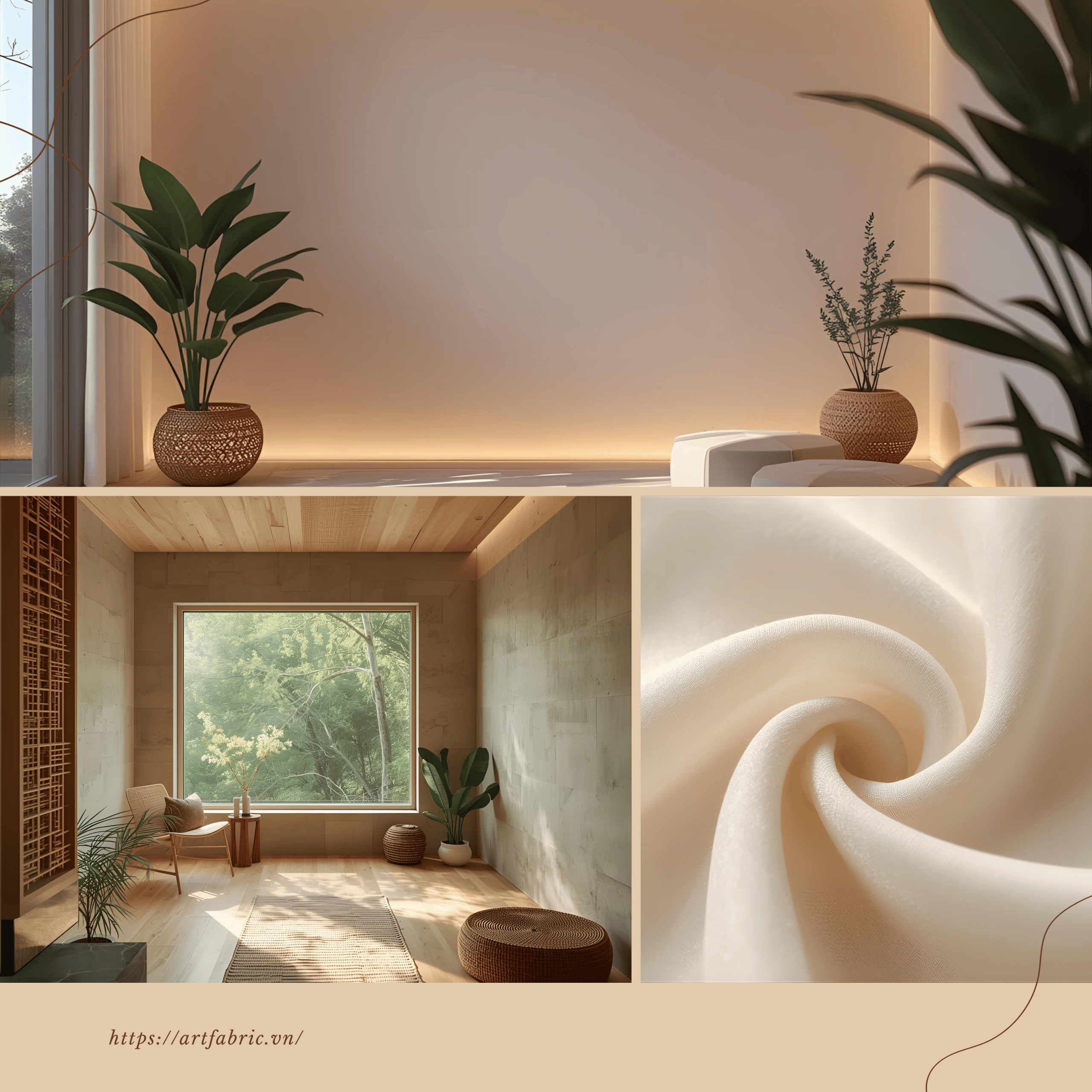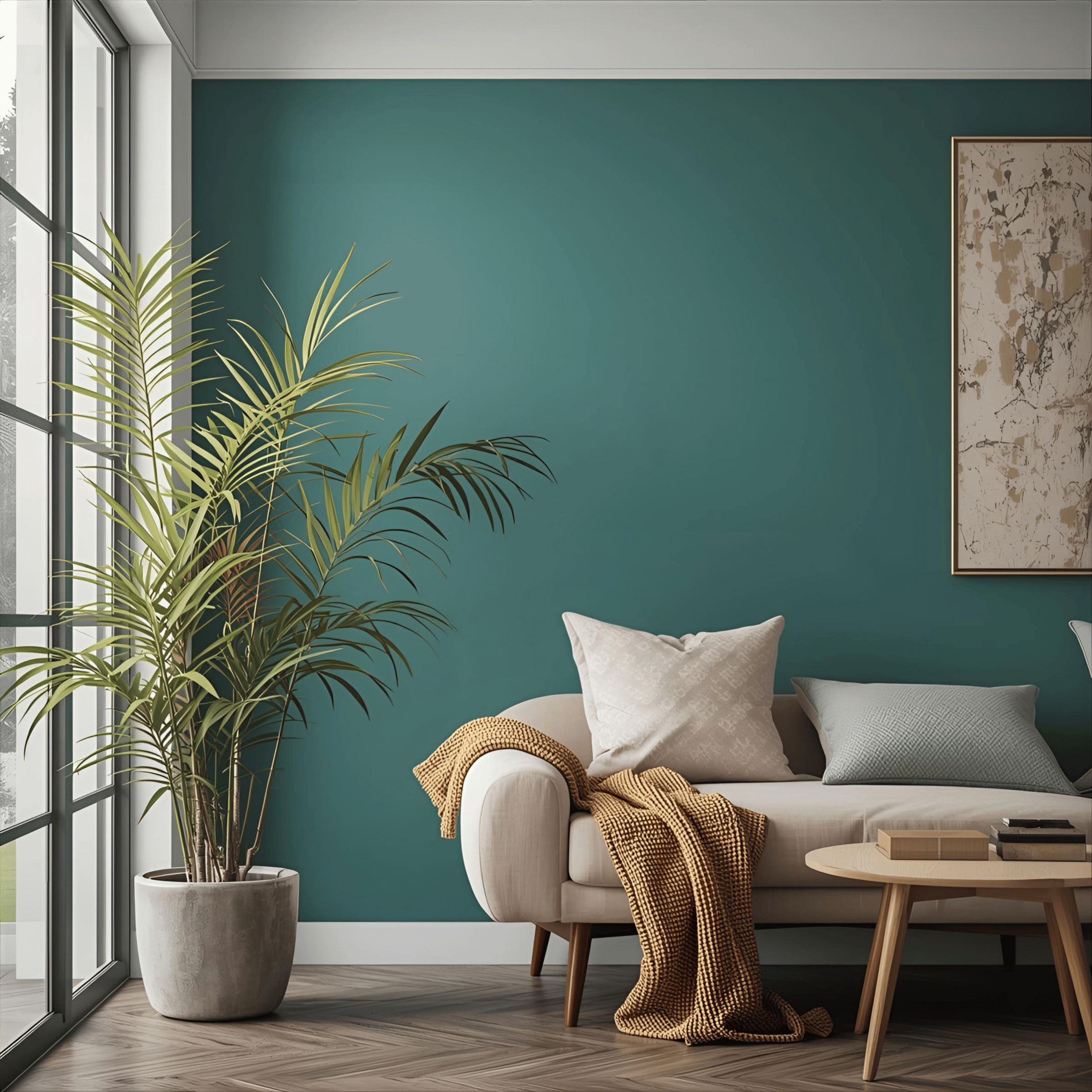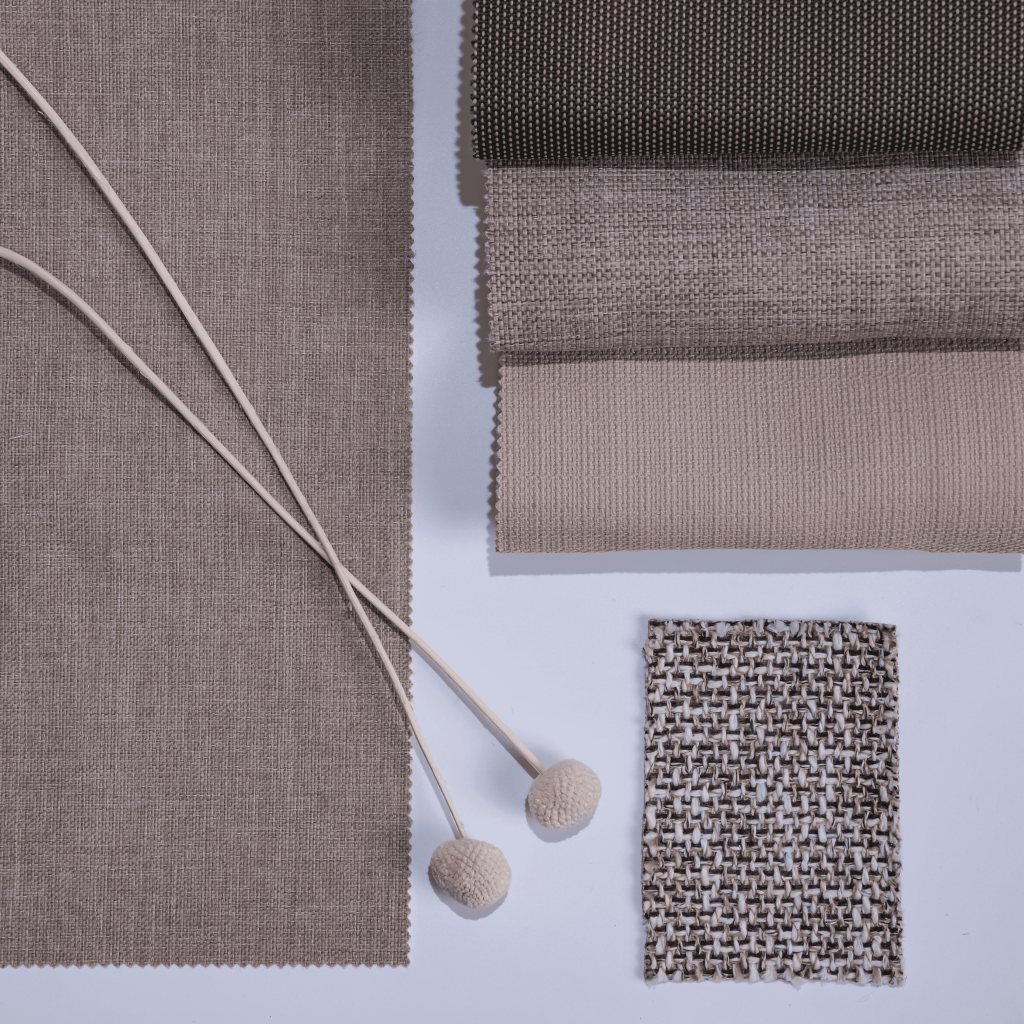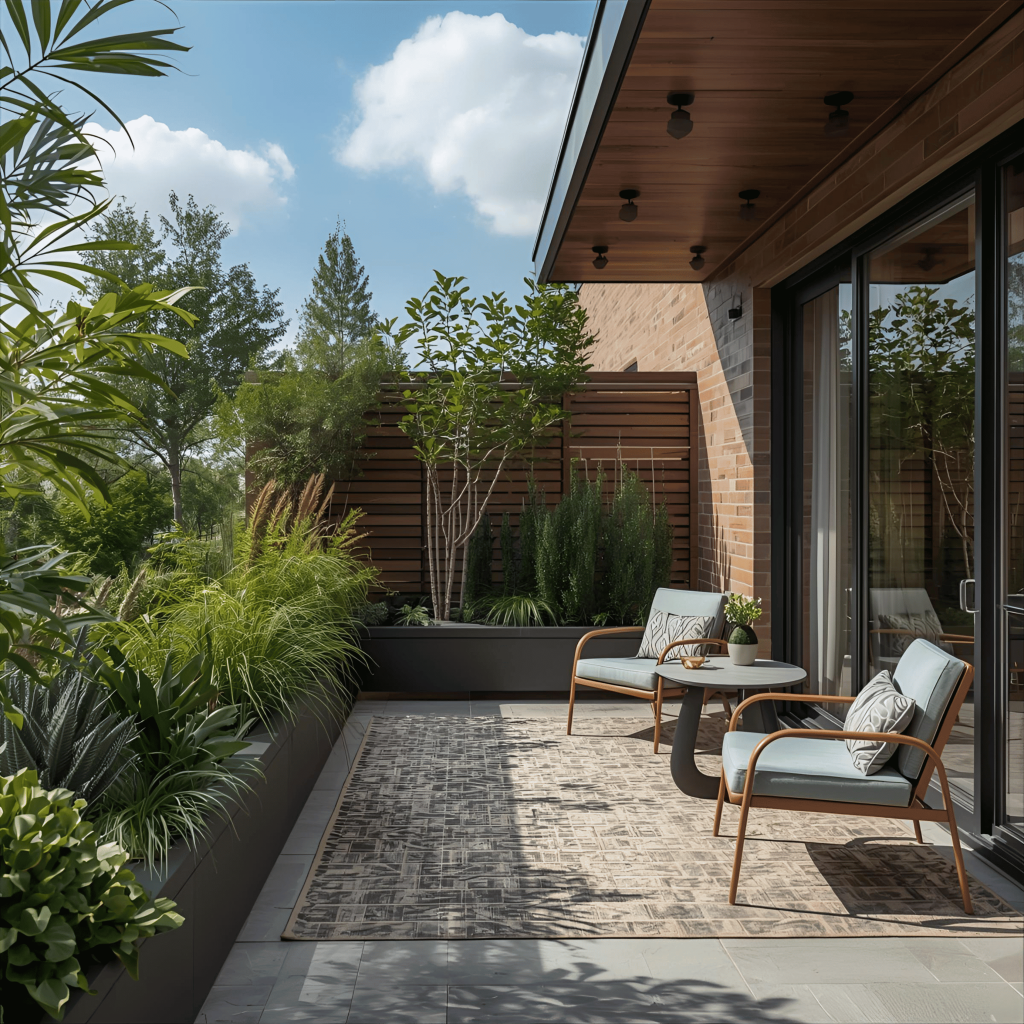Nội dung chính
Your Essential Guide to Wellness Spaces for a Happier, Healthier Life
Ready to design your own Wellness Space? Our guide shows you how to transform your home into a personal sanctuary for deep relaxation and regeneration.
1. Redefining Home with the Wellness Space Concept
In the hustle of the 21st century, the home is no longer a mere shelter. It must serve as a fortress, a refuge intentionally designed to buffer daily stress and fatigue. This fundamental shift in living needs has birthed a key concept in contemporary design: the Wellness Space.
A Wellness Space is a deliberately crafted area where every element, from lighting and sound to materials, is oriented toward the ultimate goal of delivering deep relaxation and fostering holistic energy regeneration. This isn’t a flashy gym or an expensive spa; it’s a personalized sanctuary created to heal your mind and body. This article offers a detailed guide to help you design your own Wellness Space, transforming your home into an ideal health center.

2. The Core of the Wellness Space
For a Wellness Space to be truly effective, it must address the multi-dimensional aspects of health: physical, mental, and emotional.
2.1. The Three Pillars of Holistic Well-being
An ideal Wellness Space needs to integrate three complementary functions:
- Mental Relaxation: This pillar focuses on soothing the nervous system. The environment must eliminate or minimize stressors, allowing the mind to rest, reduce negative thoughts, and achieve a state of peace.
- Physical and Spiritual Renewal (Regeneration): This is where the body recovers. The space must encourage quality sleep, gentle exercise (yoga, meditation), or activities that recharge energy, ensuring you leave feeling refreshed and invigorated.
- Focus and Presence: A Wellness Space is also a place where you can disconnect from the external world to connect deeply with yourself, practice mindfulness, or engage in deep reading, thereby enhancing clarity and creativity.
The design of a Wellness Space must start with intention: every interior decision serves the goal of relaxation and energy regeneration.
3. Key Elements for Deep Relaxation
To achieve a state of deep relaxation, you need to master control over the sensory elements within the space.
3.1. The Art of Therapeutic Lighting
Light governs the circadian rhythm and is the most crucial factor in regulating mood.
- Warm Tones: Avoid bright, harsh white light. Instead, prioritize warm, yellow light (2200K – 2700K) to create an intimate, safe atmosphere.
- Flexible Control: Lighting should be dimmable, allowing you to gradually reduce intensity, mimicking sunset—a natural signal for the body to relax and prepare for sleep.
- Nature Integration: Maximize natural light during the day, but use quality blackout curtains to ensure complete privacy and darkness when deep regeneration is needed.
3.2. Managing Sound and Scent
Sound and scent directly influence the limbic system—the brain’s emotional center—triggering an immediate relaxation response.
- Sound Softening: Use sound-absorbing materials like thick rugs, upholstered furniture, or acoustic wall panels to eliminate echoes and minimize external noise, promoting absolute relaxation.
- In-Home Nature Sounds: Incorporate intentional relaxing audio elements like soft running water (mini fountain) or use a white noise machine/nature sounds.
- Aromatherapy: Diffuse natural essential oils: lavender (for calm), bergamot (for mood uplift), or sandalwood (for deep connection), activating instant relaxation.
4. Energy Regeneration Through Materials and Furnishings
Effective energy regeneration requires physical support from the furnishings. Every item in the Wellness Space must serve the purpose of nurturing the body.
4.1. Prioritizing Ergonomics and Tactile Sensation
- Intentional Seating: Invest in an armchair or recliner with a perfect ergonomic design, reserved solely for resting, reading, or meditation.
- Nurturing Materials: Prioritize natural, soft, and breathable materials like raw wood, rattan, organic cotton, linen, or luxurious bouclé fabric. These textures provide a comfortable, familiar feel, helping the body easily transition into a relaxed state.
- Storage Solutions: Eliminate clutter. Use closed cabinets or shelving to store personal items, books, or exercise equipment. A clean, uncluttered space is the foundation for a quiet mind.
4.2. Integrating Durable Textures for Open Wellness Areas
For open Wellness Spaces (like balconies or patios) or areas requiring frequent cleaning, material selection becomes even more crucial. A Wellness Space must be not only beautiful but also resilient.
In areas exposed to high levels of sun and moisture, consider specialized outdoor fabrics like Polyester or Olefin to ensure furniture remains colorfast and easy to clean. The combination of premium materials with technical durability and gentle aesthetics helps the Wellness Space maintain its beauty and regeneration function long-term.

5. Disconnect to Regenerate
The most vital element for energy regeneration is disconnecting from digital pressures.
5.1. The Tech-Free Zone Rule
- Digital Ban: Designate your Wellness Space as a zone free of work devices, laptops, or television.
- External Charging Station: Set up a charging station for smartphones outside the relaxation area. Having to get up and leave the zone to check your phone helps break the habit of instantly reacting to notifications.
- Analog Tools: Replace screen activities with traditional relaxation practices: journaling, drawing, listening to the radio, or reading a physical book. These activities stimulate the brain more naturally, supporting deep regeneration.
5.2. The Power of Biophilic Design
Incorporating nature into the Wellness Space is a scientifically proven effective strategy:
- Greenery: Add air-purifying plants (like Snake Plant or English Ivy) to improve air quality. The color green also provides a sense of peace and relaxation for the eyes.
- Natural Elements: Use decorative elements made from pebbles, sand, or artwork inspired by nature. This connection to nature helps lower heart rate and blood pressure, enhancing the feeling of well-being.
6. Investing in a Wellness Space is Investing in Yourself
Designing a Wellness Space for relaxation and regeneration is no longer a luxury choice; it is an essential strategy for maintaining health in modern life. By focusing on sensory details, making conscious furniture choices, and enforcing the digital disconnect rule, you create a space that is not only beautiful but also inherently healing.
The Wellness Space is a powerful affirmation that mental and physical health are top priorities, allowing you to recover quickly and return to life in your best energized state. Start the journey of transforming your home into a personal health center today.
Are you ready to select a corner of your home and begin crafting your own Wellness Space?






